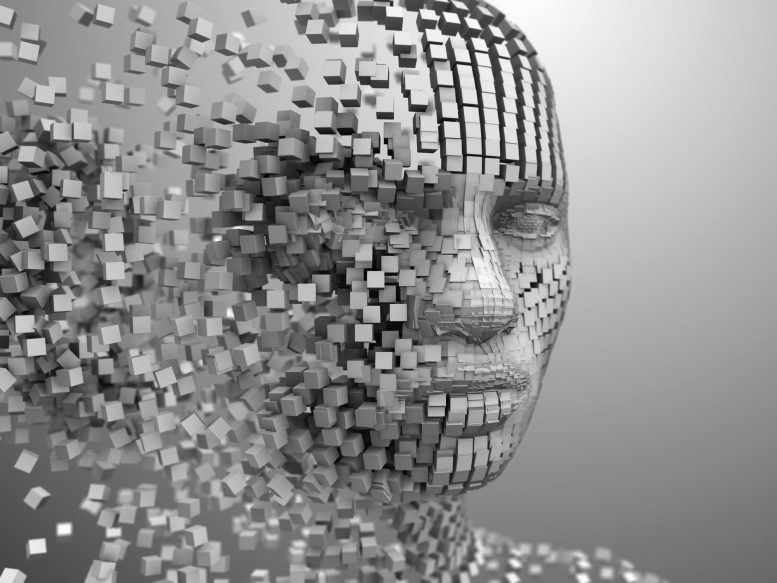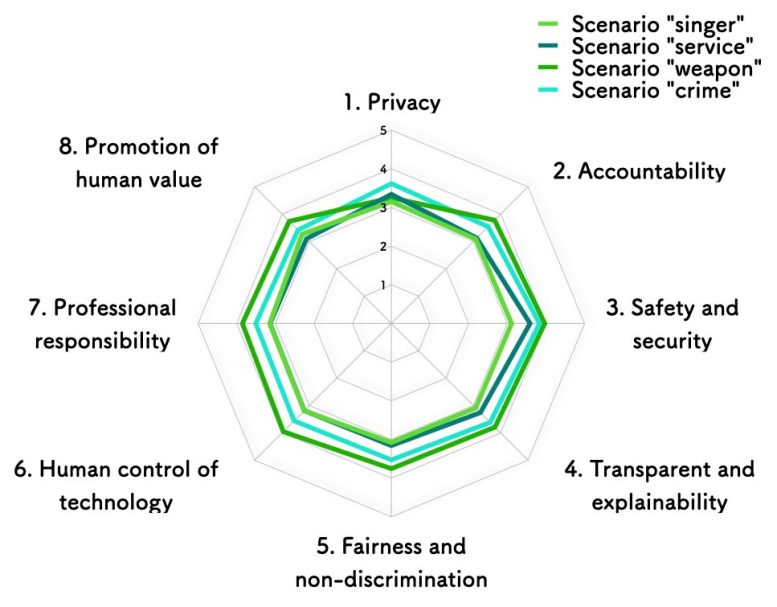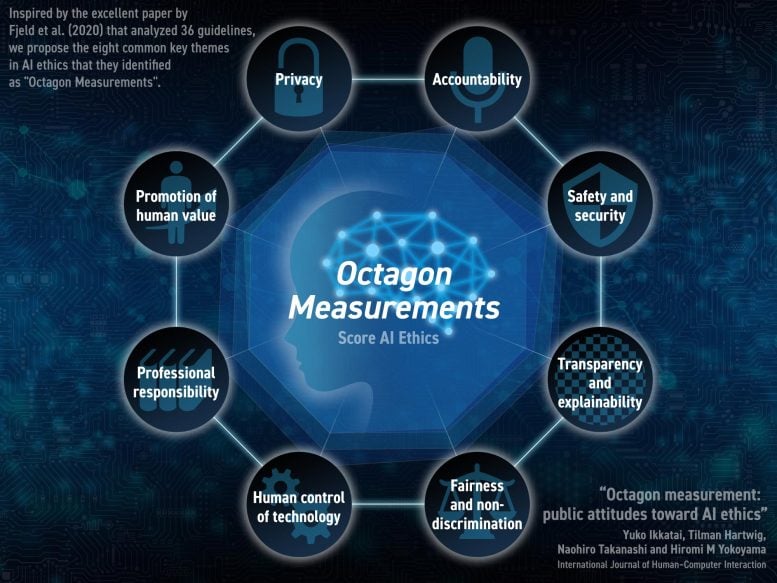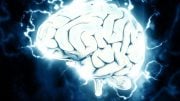
Researchers find public trust in AI varies greatly depending on the application.
Prompted by the increasing prominence of artificial intelligence (AI) in society, University of Tokyo researchers investigated public attitudes toward the ethics of AI. Their findings quantify how different demographics and ethical scenarios affect these attitudes. As part of this study, the team developed an octagonal visual metric, analogous to a rating system, which could be useful to AI researchers who wish to know how their work may be perceived by the public.
Many people feel the rapid development of technology often outpaces that of the social structures that implicitly guide and regulate it, such as law or ethics. AI in particular exemplifies this as it has become so pervasive in everyday life for so many, seemingly overnight. This proliferation, coupled with the relative complexity of AI compared to more familiar technology, can breed fear and mistrust of this key component of modern living. Who distrusts AI and in what ways are matters that would be useful to know for developers and regulators of AI technology, but these kinds of questions are not easy to quantify.

An example chart showing a respondent’s ratings of the eight themes for each of the four ethical scenarios on a different application of AI. Credit: © 2021 Yokoyama et al.
Researchers at the University of Tokyo, led by Professor Hiromi Yokoyama from the Kavli Institute for the Physics and Mathematics of the Universe, set out to quantify public attitudes toward ethical issues around AI. There were two questions, in particular, the team, through analysis of surveys, sought to answer: how attitudes change depending on the scenario presented to a respondent, and how the demographic of the respondent themself changed attitudes.
Ethics cannot really be quantified, so to measure attitudes toward the ethics of AI, the team employed eight themes common to many AI applications that raised ethical questions: privacy, accountability, safety and security, transparency and explainability, fairness and non-discrimination, human control of technology, professional responsibility, and promotion of human values. These, which the group has termed “octagon measurements,” were inspired by a 2020 paper by Harvard University researcher Jessica Fjeld and her team.

The eight themes common to a wide range of AI scenarios for which the public have pressing ethical concerns. Credit: © 2021 Yokoyama et al.
Survey respondents were given a series of four scenarios to judge according to these eight criteria. Each scenario looked at a different application of AI. They were: AI-generated art, customer service AI, autonomous weapons, and crime prediction.
The survey respondents also gave the researchers information about themselves such as age, gender, occupation, and level of education, as well as a measure of their level of interest in science and technology by way of an additional set of questions. This information was essential for the researchers to see what characteristics of people would correspond to certain attitudes.
“Prior studies have shown that risk is perceived more negatively by women, older people, and those with more subject knowledge. I was expecting to see something different in this survey given how commonplace AI has become, but surprisingly we saw similar trends here,” said Yokoyama. “Something we saw that was expected, however, was how the different scenarios were perceived, with the idea of AI weapons being met with far more skepticism than the other three scenarios.”
The team hopes the results could lead to the creation of a sort of universal scale to measure and compare ethical issues around AI. This survey was limited to Japan, but the team has already begun gathering data in several other countries.
“With a universal scale, researchers, developers and regulators could better measure the acceptance of specific AI applications or impacts and act accordingly,” said Assistant Professor Tilman Hartwig. “One thing I discovered while developing the scenarios and questionnaire is that many topics within AI require significant explanation, more so than we realized. This goes to show there is a huge gap between perception and reality when it comes to AI.”
Reference: “Octagon measurement: public attitudes toward AI ethics” by Yuko Ikkataia, Tilman Hartwig, Naohiro Takanashi and Hiromi M Yokoyama, 10 January 2022, International Journal of Human-Computer Interaction.









It’s becoming clear that with all the brain and consciousness theories out there, the proof will be in the pudding. By this I mean, can any particular theory be used to create a human adult level conscious machine. My bet is on the late Gerald Edelman’s Extended Theory of Neuronal Group Selection. The lead group in robotics based on this theory is the Neurorobotics Lab at UC at Irvine. Dr. Edelman distinguished between primary consciousness, which came first in evolution, and that humans share with other conscious animals, and higher order consciousness, which came to only humans with the acquisition of language. A machine with primary consciousness will probably have to come first.
The thing I find special about the TNGS is the Darwin series of automata created at the Neurosciences Institute by Dr. Edelman and his colleagues in the 1990’s and 2000’s. These machines perform in the real world, not in a restricted simulated world, and display convincing physical behavior indicative of higher psychological functions necessary for consciousness, such as perceptual categorization, memory, and learning. They are based on realistic models of the parts of the biological brain that the theory claims subserve these functions. The extended TNGS allows for the emergence of consciousness based only on further evolutionary development of the brain areas responsible for these functions, in a parsimonious way. No other research I’ve encountered is anywhere near as convincing.
I post because on almost every video and article about the brain and consciousness that I encounter, the attitude seems to be that we still know next to nothing about how the brain and consciousness work; that there’s lots of data but no unifying theory. I believe the extended TNGS is that theory. My motivation is to keep that theory in front of the public. And obviously, I consider it the route to a truly conscious machine, primary and higher-order.
My advice to people who want to create a conscious machine is to seriously ground themselves in the extended TNGS and the Darwin automata first, and proceed from there, by applying to Jeff Krichmar’s lab at UC Irvine, possibly. Dr. Edelman’s roadmap to a conscious machine is at https://arxiv.org/abs/2105.10461